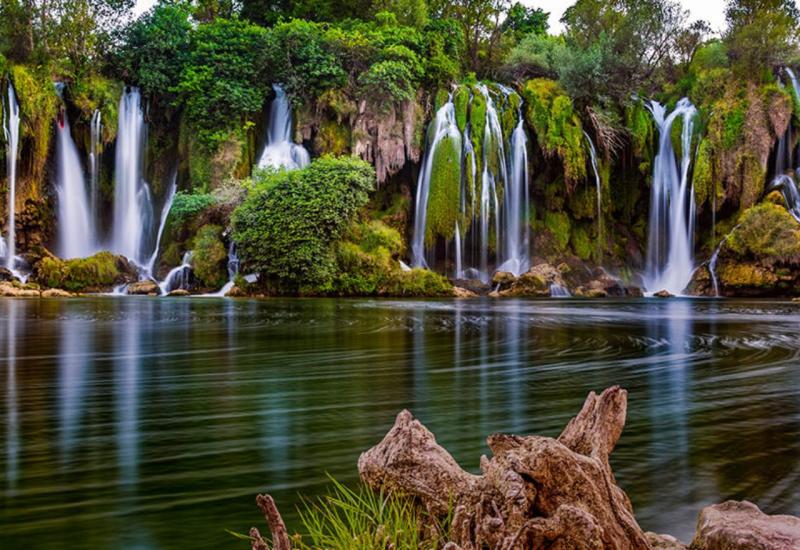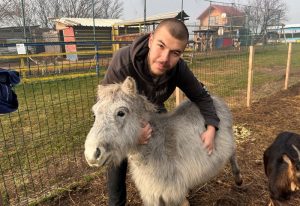Ljubuški is a small town that destroys all stereotypes about Herzegovina as a country of karst and stone with its natural potential.
Ljubuški lies on the left side of the river Trebižat, on the river that forms one of the most beautiful waterfalls that can be seen in all of Bosnia and Herzegovina, the most famous of which are Kravica and Koćuša. In addition to its natural beauty, which gives Ljubuški the epithet of a healthy gastronomic oasis, Ljubuški is also known for its significant cultural and historical heritage – in various locations you can find remains from almost all periods of human history, of which it is worth highlighting: the ancient Roman camp in Gračina, the Humačka tablet , the old town of Ljubuški, and stećaks at the necropolises in Studenci, Bijača and Zvirići. Ljubuški is a small town that destroys all stereotypes about Herzegovina as a country of karst and stone with its natural potential. Many sights and natural beauties, a rich cultural offer and friendly and approachable people are the reasons why visitors always want to return to Ljubuški.
Kravica waterfall
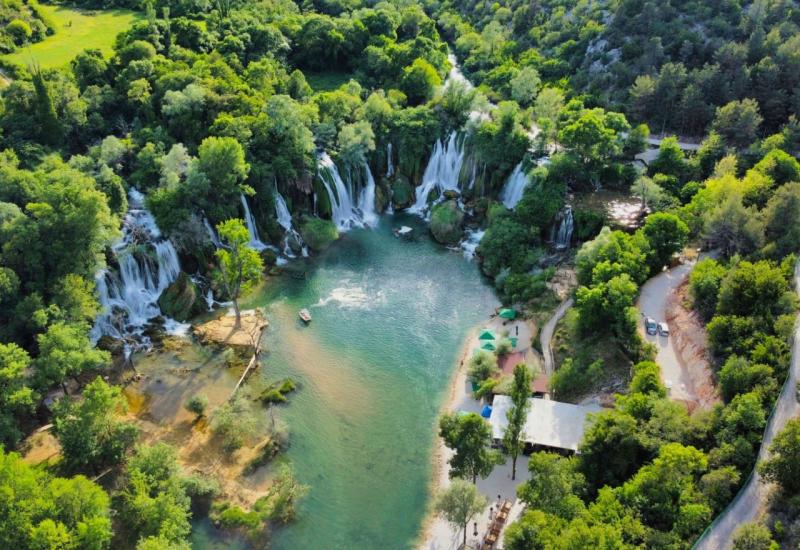
The Kravica waterfall is located on the Trebižat river, and it is 7 km from Ljubuško. It is a unique natural beauty built by the water of the river Trebižat passing through the limestone terrain and depositing tufa. The waterfall at the top has the shape of a semicircle, about 120 meters wide, and is made of travertine. In the summer period, due to the lower water level in the pool under the waterfall, it is possible to swim and enjoy water sports. At any time of the year, due to major changes in the water level and of course the change in vegetation, the Kravica waterfall offers unique experiences.
Koćuša waterfall
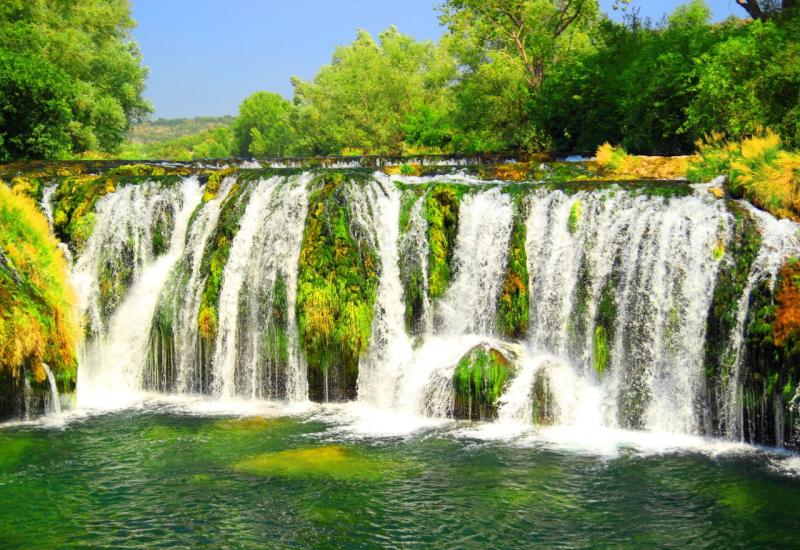
The Koćuša waterfall is located in the village of Veljaci and is one of the most beautiful natural pearls of this part of Herzegovina. The beauty of this waterfall and the surrounding landscape will not leave you indifferent. The height of the waterfall is five, and the length is 50 meters, and in the immediate vicinity there are mills and stupas that have adorned this place for years. The natural wealth of this region consists of sedimentary rocks, the so-called travertine that has been deposited over the years, making this waterfall attractive.
Roman military camp Gračine

The ancient site of Gračine is located on a flat plateau above the left bank of Trebižat, in the area of the Humac settlement, 2 km southwest of Ljubuški. The ancient military camp in Gračina, Humac (Bigeste) from the 1st-3rd centuries, was partially explored and preserved in the period from 1977 to 1988, and research is still being carried out continuously. Remains of a Roman military complex were excavated on the site, and at the end of 2023, the Visitor and Archaeological Center was officially opened there. This is the most significant investment in the archeology of the Ljubus region, the first “in situ” visitor center in Herzegovina. It is located on the site of a Roman military camp and contains interesting and rich archaeological material – a collection of materials from systematic research in Gračina, replicas of Roman soldiers, a model of the site, a model of the hypocaust, which is considered the first central heating from the time of ancient Rome…
Fortress of Herceg Stjepan Kosača
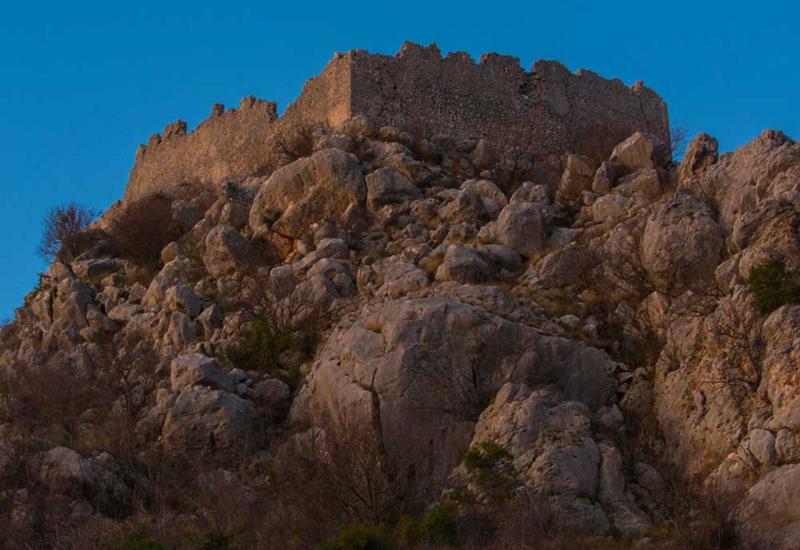
In the Middle Ages, above Ljubuški, on the top of Butorovice hill, a fortress was built, which is usually attributed to Duke Stjepan, although it is older than him, and Ljubuški is first mentioned in written sources in 1435 under the name “Lubussa”. The fortress complex consists of two parts. The quadrangular central tower, popularly called “Herceguša”, built at the end of the 14th or the beginning of the 15th century, and the perimeter wall in the shape of an irregular polygon with massive towers, built in the Ottoman period after 1472. After 1835, the Ljubuška fortress lost its defensive and strategic role. The old town in Ljubuški was declared a national monument of Bosnia and Herzegovina in October 2003. A lot of effort and financial resources are continuously invested in the reconstruction of the fortress. Cross-border cooperation on projects was achieved, and the reconstruction was supported not only by the funds of the City of Ljubuški, but also by EU funds and by the Government of the Federation of Bosnia and Herzegovina. The road to the fortress is partly criss-crossed by a road, then continues on a macadam road that leads to the fortress itself. Today, the fortress is a major tourist attraction visited by foreign visitors as well as residents of BiH and is a symbol of the City of Ljubuški.
Museum Humac
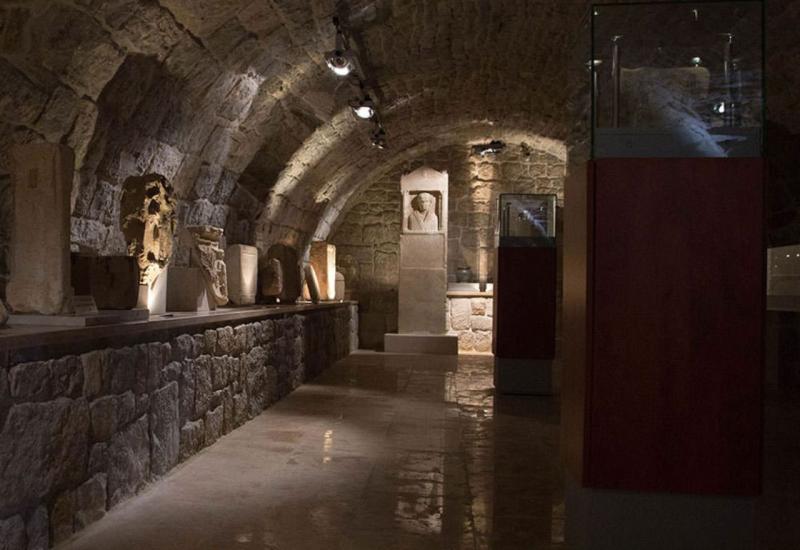
The oldest museum in BiH, founded in 1884, is located in the Franciscan monastery of St. Anthony of Padua in Humac. The Humač Franciscans were the first in Bosnia and Herzegovina to come up with the idea of establishing an institution that would deal with the collection, preservation and presentation of movable archaeological material since March 25, 1884. Here is the Humac plaque from the 12th century. century, the oldest preserved monument written in the Croatian language (a mixture of Glagolitic and Old Croatian Cyrillic – Bosnian) in the area of present-day Bosnia and Herzegovina. Thanks to the collecting activities of numerous Franciscans as well as various donations from the civilian population, the fund has continuously increased as well as the need for new rooms for the archaeological collection. Archaeological material was collected in the wider area of Herzegovina and divided into prehistoric, ancient and medieval in a time span of almost 16,000 years. Part of the complex is the lapidary area for the exhibition of stone monuments, which is located in the monastery yard. Today’s museum exhibition, founded in 2003, is located in the basement of the monastery of St. Ante of Padua in Humac.
Gallery “Mother”
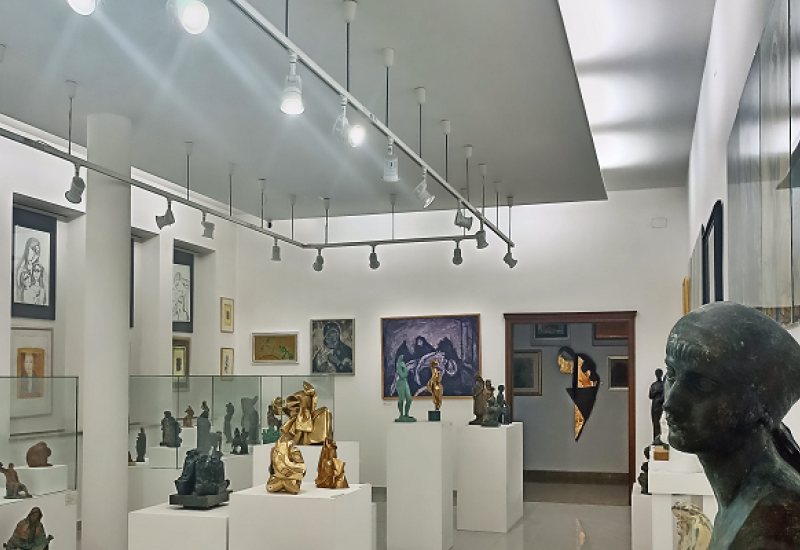
The creators of the idea of establishing the Majka Gallery are dr. Fr. Ljudevit Rupčić and Dr. Br. Viktor Nuić. The initial fund of the future gallery consisted of a donation of about fifty works of art, on the theme of mother, from their personal collections. Friar Ljudevit came up with the idea to buy all the pictures made to illustrate his book and display them in one room of the monastery in Humac. He mentioned this idea to Fr. Viktor Nuić, who himself, as far as his possibilities allowed, had long been a great collector of paintings and sculptures. So the two boldly decided to open a collection as a joint donation to the monastery in Humac. After just a few years, the collection has increased fivefold. Today, Majka Gallery has around 400 works of art in its permanent collection: sculptures in various materials, paintings, drawings and graphics. There are works by artists from Russia, Slovenia, Croatia, Serbia, Italy, Bosnia and Herzegovina, Montenegro, Congo, etc. Gallery Majka unites artists around the famous and inexhaustible theme of the mother, dear to all of us, who is a frequent inspiration for sculptors and painters throughout history. The main aspect of creating and presenting this collection to the public is giving importance to the woman, the mother, and deepening the meaning of motherhood, the transmission of human life and values that are taken for granted in our time. This kind of art can encourage greater respect for those values, so that is one of the reasons that prompted the creation of a collection of such a theme.
Stećci in Ljubuški
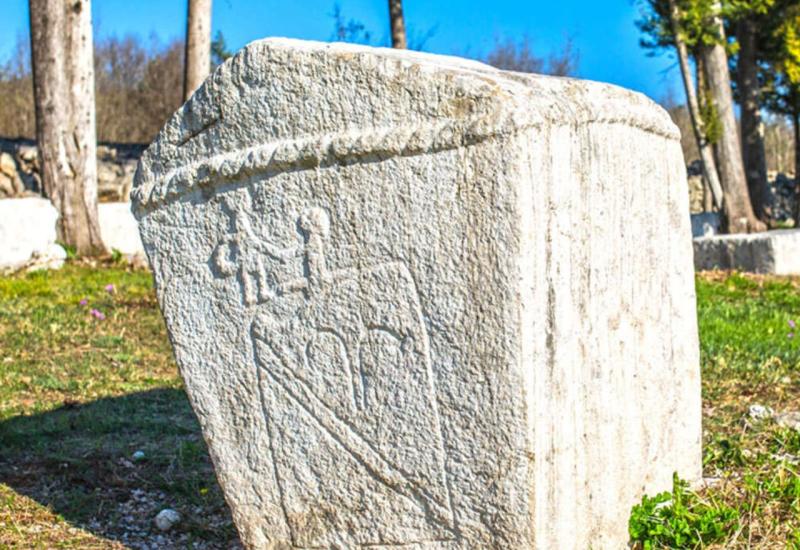
In the vicinity of Ljubuški, 214 stećaks were registered in 7 necropolises, of which: slabs 88, chests 78, chests with pedestals 1, sarcophagi 9 and 48 slabs and chests that have not been individually described. Of the 176 gravestones described, half are slabs, half are chests, while sarcophagi are relatively few, but they are more artistically decorated than the others. Out of 176 examples, 81 are decorated, of which 33 with the symbol of the cross, which was especially evident in Gornji Studenci. The decorative motifs on necropolises with stećci from the Ljubus region are as follows: motif of shield with sword, oyster symbol, human figures with decoration, twisted rope and ribbons, crescent, rosettes, trefoil tendrils, wheel, spiral motif, hunting scenes, symbol of falcons and tournament. In this area, several stone workshops were active as bearers of various influences. It is not the same workshop of the craftsmen who worked on the monuments at the necropolis in Gornji Studenci and those who worked on the “Gračine” necropolis in Bijaca, Zvirići and Pržine. Most of the monuments belong to the 14th century. and XV. century, some specimens, however, could have been created much earlier, perhaps even in the 12th century. century
Source: blesak.info

